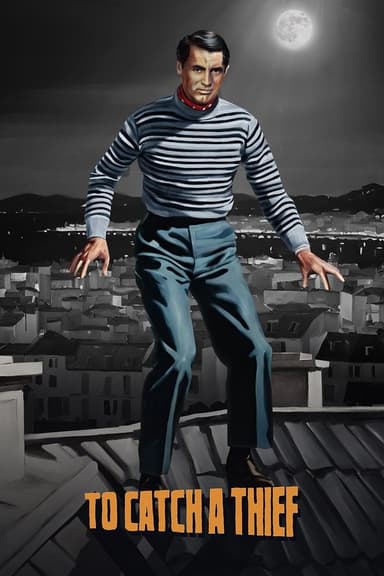
The Thin Man
1934 • Comedy, Crime, Mystery • NR
A husband and wife detective team takes on the search for a missing inventor and almost get killed for their efforts.
Runtime: 1h 31m
Why you should read the novel
Dive into Dashiell Hammett's The Thin Man to experience the unfiltered wit and complexity that only the written word can deliver. The novel unfurls layers of intrigue, showcasing the distinctive voices and inner thoughts of Nick and Nora Charles, elements that often get trimmed or softened in film adaptations. Reading the original text provides a deeper immersion into Hammett's world, where character motivations and subtle nuances contribute richly to the unfolding mystery.
Appreciate the sharper social commentary found in the novel, as Hammett crafts a portrait of early 1930s New York with tart humor and a sense of realism. The book delves into cultural and gender roles, alcoholism, and changing social mores in a way the film only hints at. You’ll find a grittier, more textured environment that challenges the conventions of both detective work and domestic life.
By choosing the book over the film, readers have the rewarding opportunity to savor Hammett’s razor-sharp prose. His narrative style and manipulation of perspective add layers of suspense and entertainment that no cinematic version can fully replicate. For those looking for a more mature, unvarnished exploration of crime and partnership, The Thin Man novel is essential reading.
Adaptation differences
One major difference between Hammett's novel and the 1934 film adaptation lies in tone and emphasis. The movie far more heavily emphasizes light-hearted banter and comic timing between Nick and Nora Charles, making them iconic for their wit and chemistry. In contrast, the novel maintains a more somber, realistic edge throughout its pages, with characters expressing more nuanced and sometimes darker emotions.
Character development also takes new directions in the adaptation. While Nick and Nora’s playful relationship is present in the book, the film heightens their repartee, turning the couple into a glamorous comedic duo. The original novel presents these characters with more emotional complexity and a greater sense of ambiguity about their relationship and their motives.
The treatment of the mystery itself differs significantly. The movie streamlines plot points, trims several characters, and simplifies relationships to fit a brisk runtime. The book provides more investigation, background, and context for suspects and crimes, allowing readers to engage with the puzzle on a deeper level. Certain side plots and red herrings are condensed or omitted altogether in the adaptation.
Additionally, the film’s visual style and atmosphere give a distinctly polished, almost luxurious interpretation compared to the novel’s grounded and at times grainy view of 1930s New York. The adaptation plays up social glamour, cocktails, and party scenes, whereas Hammett’s text lingers on social realities, foibles, and hangovers. Readers seeking a story with more grit and detail will find the novel’s approach distinct from the film’s sparkling surface.
The Thin Man inspired from
The Thin Man
by Dashiell Hammett











